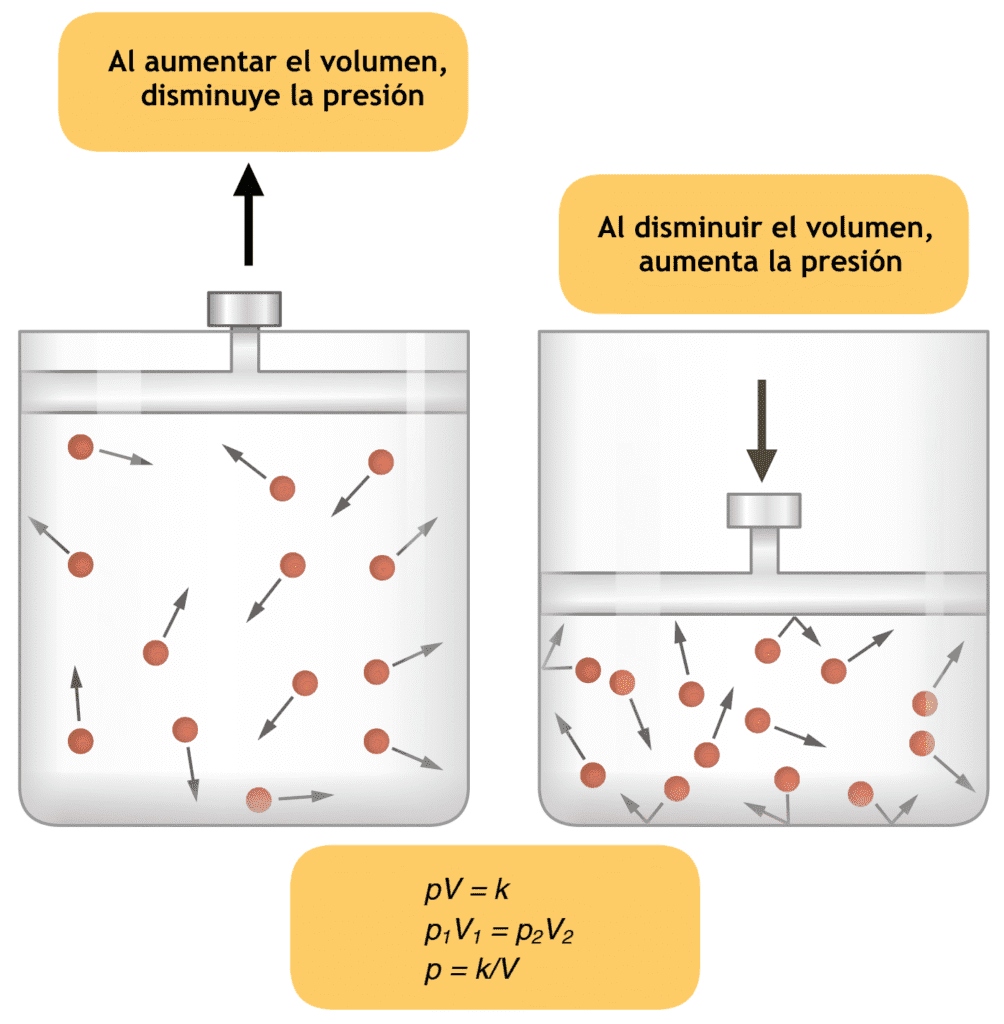The growth is reflected in the specialty of Neuroanesthesia Monitoring . These advances result in an abundance of data on which the treating physician can base his clinical decision.
Every branch of medicine is advancing at a fast pace with the introduction of newer diagnostic modalities, treatment options and identification of more reliable prognostic indicators.
 The data available in the literature are often not consistent and sometimes, even contradictory. Such inconsistent data paves way to confusion.
The data available in the literature are often not consistent and sometimes, even contradictory. Such inconsistent data paves way to confusion.
Evidence-based approach attempts to tackle this problem by assessing or assigning the strength of evidence of conflicting findings and to formulate standards, guidelines and options in clinical management and Neuroanesthesia Monitoring .
There are clinical situations where the current level of research has produced equivocal evidence to certain management modalities wherein the clinician is in a greater dilemma to choose or reject the particular management. This results in proponents and critics of that options giving rise to controversies.
In the specialty of Neuroanesthesia Monitoring , such controversies exist in plenty often overlapping into the fields of neurosurgery and neuroradiology.
Here the controversies are strictly pertaining to the specialty of Neuroanesthesia Monitoring .
The controversies highlighted are some of the topics in neuroanaesthesia where there is significant difference in opinion of experts in the field. Certain controversies arise when the experimental scientific findings fail to conform to conventional rationale or an established/existing practice. They may also originate when a newer rationale contradicts or is different from the traditional concepts wherein either schools of thoughts have some experimental findings to support their viewpoint. Such a scenario is confusing to a practicing neuroanaesthesiologist while deciding on the management strategy of individual patients.
Evidence-based medicine attempts to systematically approach the management/treatment dilemma based on exhaustive search and analysis of existing data or evidence. The practice of evidence-based neuroanaesthesia will help us to throw clarity over the controversial issues and continued research will eventually resolve such controversies.
It is mentioned in Miller’s anesthesia 7th edition on Neuroanesthesia Monitoring :
“Magnetic Resonance Imaging
The major constraints of MRI are created by the powerful magnetic field employed. It creates at least two conditions that have an impact on anesthetic technique. First, any ferromagnetic object that approaches the magnet has the potential to become a dangerous projectile. Second, many of the monitoring devices used in the operating room do not function properly in the vicinity of the magnet. The equipment limitations have largely been circumvented, however. MRI-compatible ECG machines, oximeters, capnographs, noninvasive blood pressure monitors, and gas machines are now widely available. Only temperature monitoring cannot be readily accomplished, and with that exception, there is no longer any justification for incomplete monitoring of patients undergoing MRI.
Most frequently, it is children, claustrophobic adults, and patients with painful conditions who require anesthesia to undergo MRI. Sedation with propofol and an unprotected airway, and general anesthesia with either an LMA or an endotracheal tube have been employed successfully.
Interventional Neuroradiology
A wide variety of procedures are available to evaluate and treat intracranial and extracranial disease. These include, principally, attempts to obliterate aneurysms or devascularize tumors and AVMs. An extensive review is available.”
Two important tools for Neuroanesthesia Monitoring are:
1) Electroencephalogram :
The electroencephalogram (EEG) is occasionally used during cerebrovascular surgery to confirm the adequacy of cerebral oxygenation. Monitoring the depth of anesthesia with a full 16-lead, 8-channel EEG is not warranted, considering the availability of simpler techniques. Acceptance of intraoperative EEG monitoring has been limited by requirements of space, difficulty of interpretation, equivocal efficacy, and the need to avoid high concentrations of anesthetic agents.
2) Evoked potentials :
Indications for intraoperative monitoring of evoked potentials (EPs) include surgical procedures associated with possible neurological injury: spinal fusion with instrumentation, spine and spinal cord tumor resection, brachial plexus repair, thoracoabdominal aortic aneurysm repair, epilepsy surgery, and cerebral tumor resection.
EP monitoring noninvasively assesses neural function by measuring electrophysiological responses to sensory or motor pathway stimulation. Commonly monitored EPs are brain stem auditory evoked responses (BAERs), SEPs, and increasingly .

